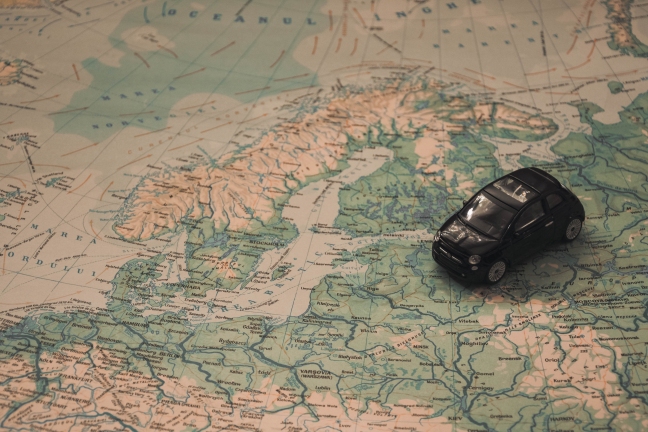You know that feeling of not wanting vacation to end? You do anything to extend it — put off packing and make a few stops on the way to the airport.
There’s a reason for that.
Travel and happiness are linked, according to a new report.
While the survey by the U.S. Travel Association (USTA) focused on employees, it reflects a much broader group of people.
Employees who use most of their time off for travel are much happier than those who travel less or not at all, the report found. It also found that travel preferences — from vacation budget to what is packed into luggage — varies greatly from state to state.

Overall, America’s work culture is starting to change, with more employers encouraging vacation and more employees feeling better about using their earned time off.
While the numbers have improved since 2015, most U.S. workers (52 percent) don’t use all of their annual vacation days. Those workers accumulated 705 million unused days in 2017, up from 662 million days in 2016.
Workers in Colorado, Virginia and Arizona lead the nation in taking vacation.
No. 1 is Colorado, where workers take average of 20 vacation days a year. In Virginia and Arizona, workers use about 19 days a year. The national average is 17 days.
Perhaps the more vacation time you earn, the more you use. Coloradans earn an average of 28 paid time-off days, more than any other state and higher than the national average of 23 days in 2017. Virginia workers earn an average of 25 paid time-off days a year.
Or perhaps it has something to do with office culture. In Virginia, 52 percent of companies encourage vacation, compared with the national 38 percent.
Workers in Montana, Delaware and Rhode Island are the worst at taking vacation. At the bottom is Montana, where workers take an average of 16 days. Montana workers also earn less time, an average of 21.8 days. That’s the third lowest nationally, after Rhode Island and Delaware (21.6 days each).
Translating time
Using more vacation days appears to create a positive economic impact. The increased vacation time from 16.8 days in 2014 to 17.2 days in 2017 generated $30.7 billion in economic impact nationwide. It also produced 217,200 jobs (direct and indirect) and generated $8.9 billion in additional income for Americans.
It also increases worker satisfaction, which may improve productivity. Workers in Arizona and Washington tie for highest rates of happiness with their company — 68 percent vs. 54 percent nationwide.
Who travels?
Even when workers take time off, less than half (48 percent) don’t travel.
Moreover, a recent Gallup poll found that 62 percent of all Americans took a vacation away from home last year, similar to 2005 but lower than 70 percent in 2001. Of that 2017 figure, only about one in five people traveled internationally.
Gallup found that married adults with children plus adults with higher incomes and a college degree took more vacations.
The USTA report concluded that baby boomers take more vacation days and travel more than other generations. That could be the result of boomers having longer job tenures to accumulate more time off and money to be able to travel more.
Once again, Colorado workers led the nation in using vacation days to travel: 57 percent vs. 47 percent nationally.
